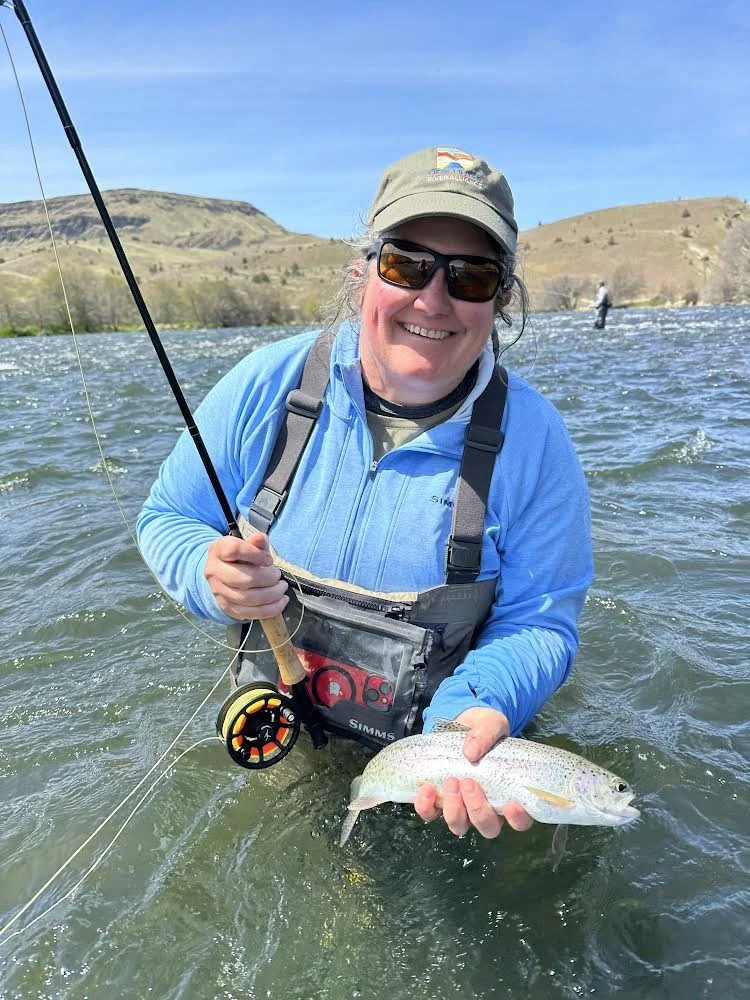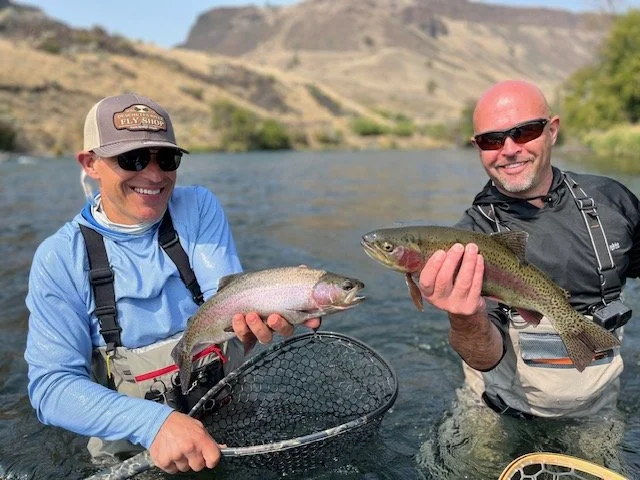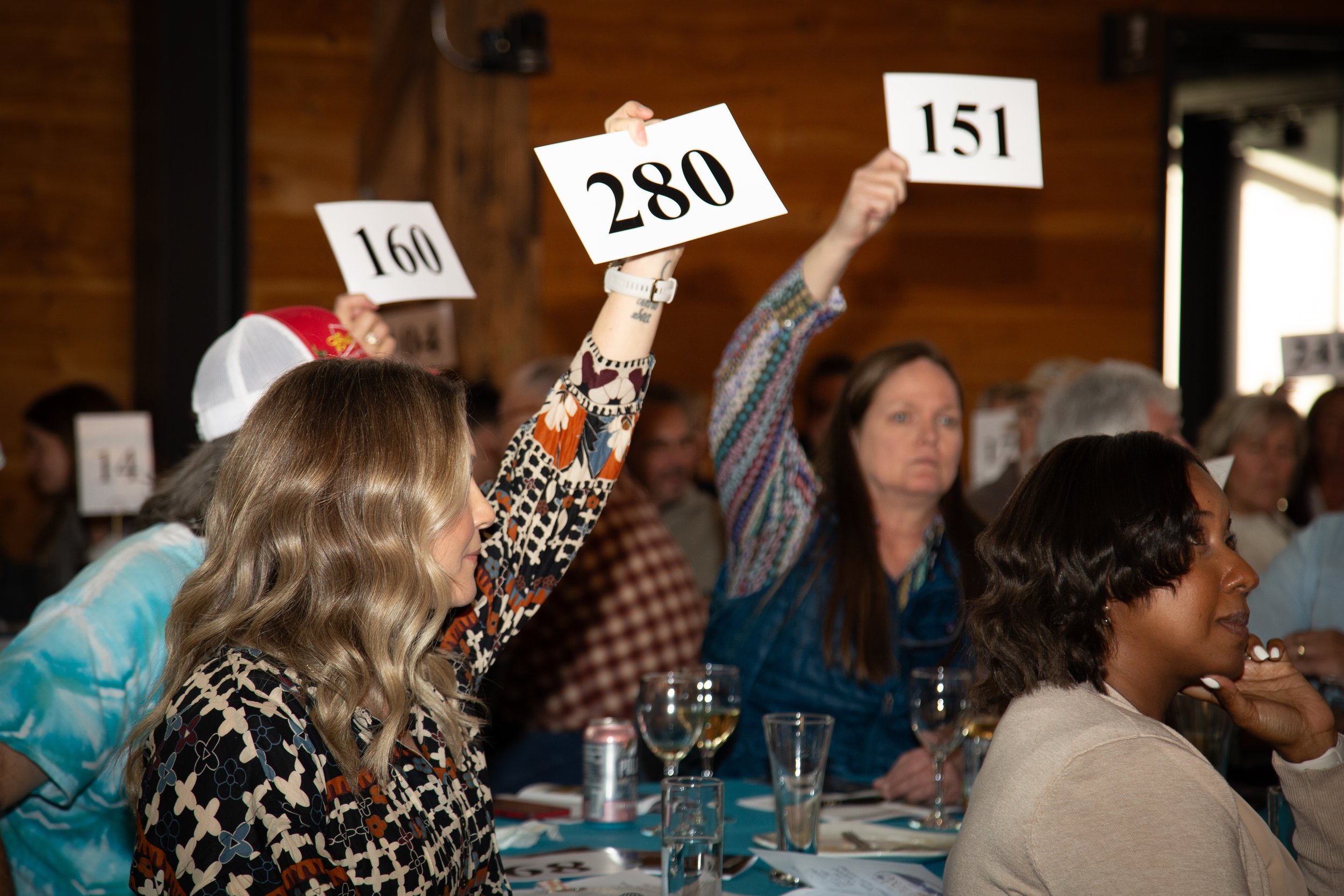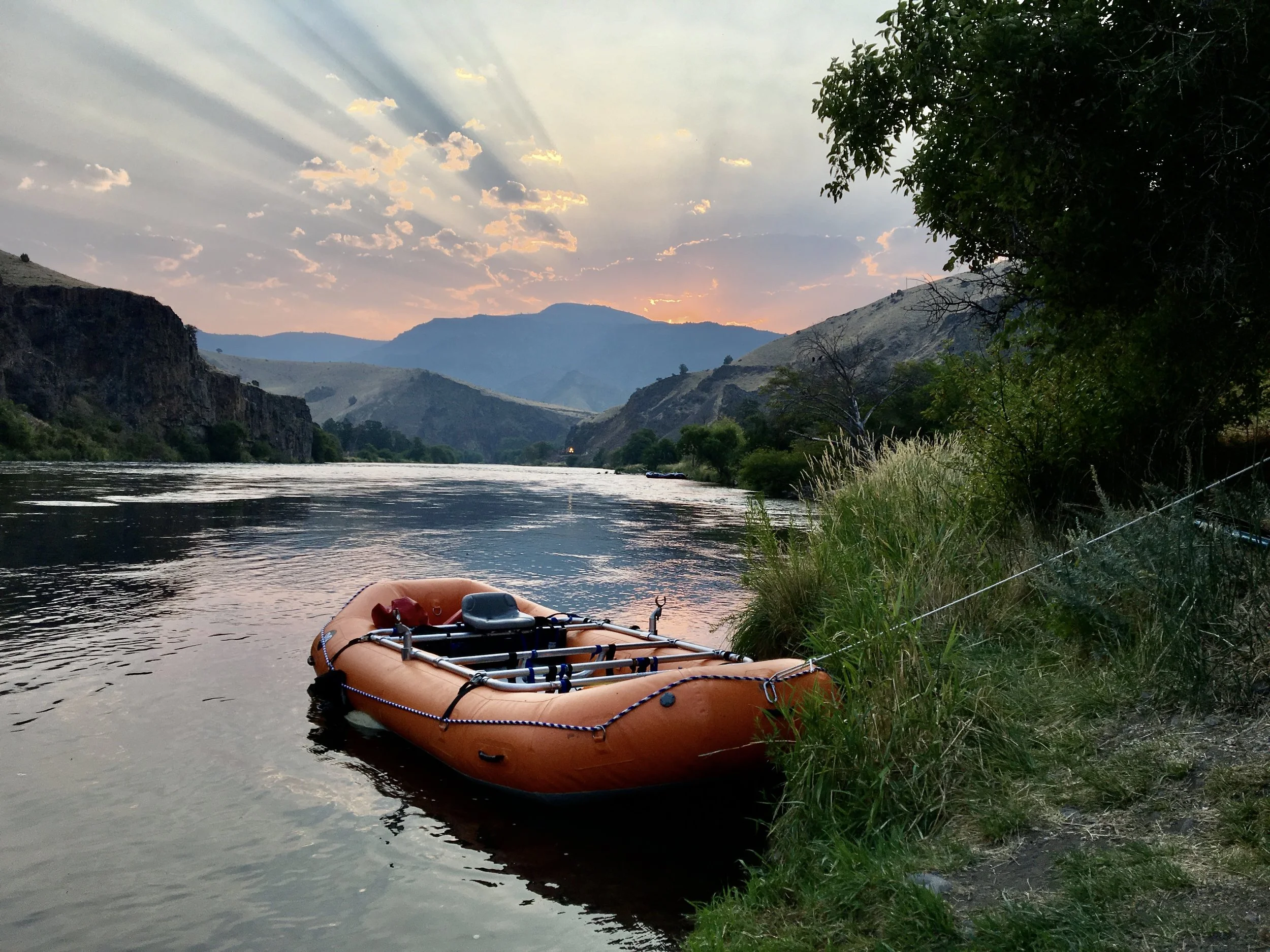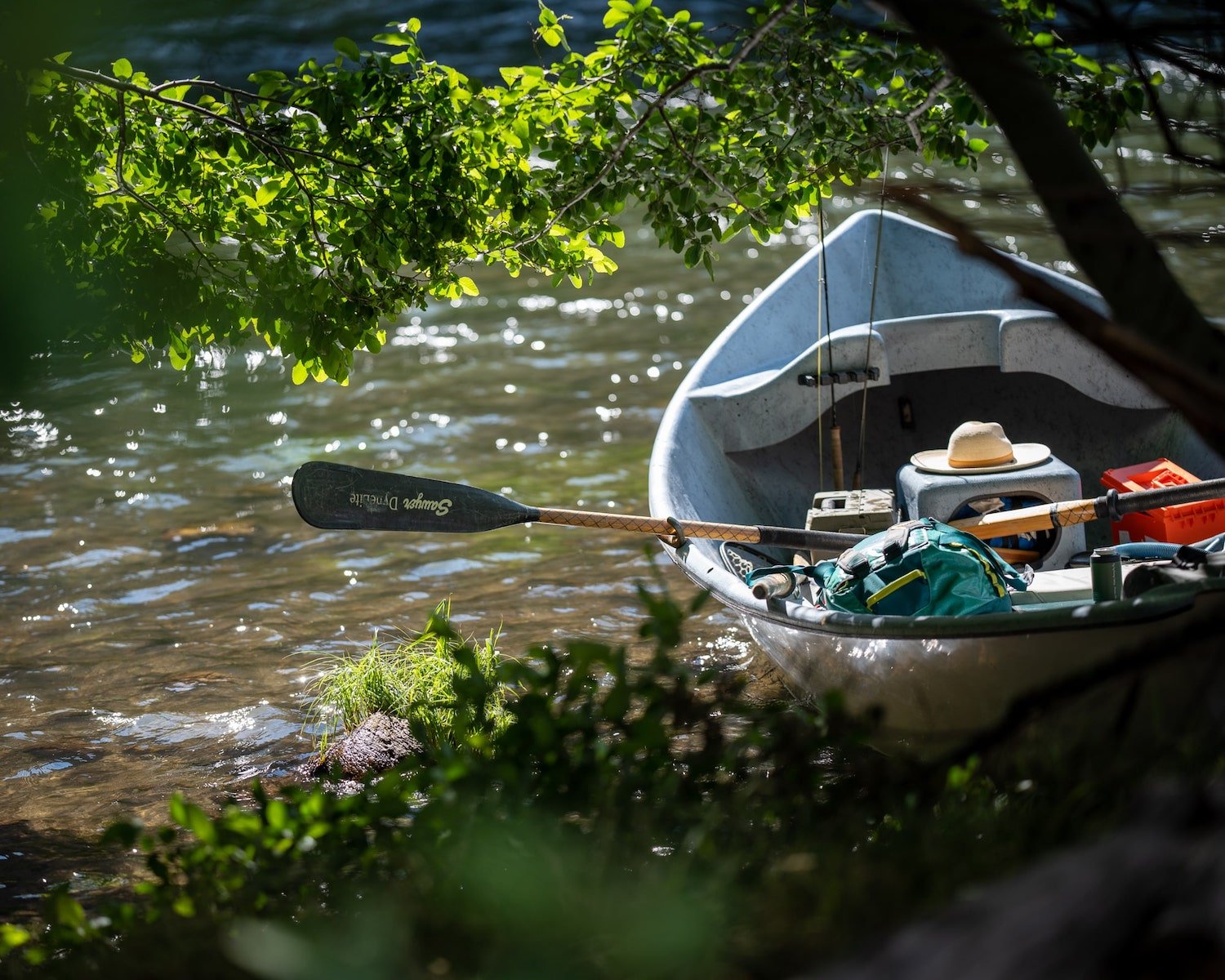Deschutes Health Index: The Fish Edition
Bull Trout with black-spot disease, an indicator of ongoing changes in river conditions.
Cooler, Cleaner H20 for Salmon, Steelhead, Trout
For many lovers of the lower Deschutes, the coolest, cleanest water possible is a prerequisite to the thing they love most about the river: the fish. Over the past 16 years, the DRA has diligently tracked the failure of PGE’s Selective Water Withdrawal (SWW) of its two main purposes. First, it was supposed to improve water quality in the lower river. Second, it was supposed to facilitate the reintroduction of steelhead, sockeye and Chinook upstream of the three-dam Pelton Round Butte Complex (PRB). After nearly 16 years of Tower operations, nothing even remotely resembling success can be claimed on either goal.
As last week’s statistical highlights tour of ten years of water quality data shows, the water in the lower Deschutes is plagued by pH violations, which is an indicator of excessive nutrient enrichment flowing into the lower Deschutes, the result of surface water withdrawal eight months out of the year.
This week, we turn to the fish. Instead of ushering anadromous fish above the project, the Tower has not only failed to do so, but significantly diminished prospects for spring Chinook salmon in the lower 100 miles of the Deschutes River. Here’s the Deschutes Health Index for fish, by the numbers:
Spring Chinook:
Average number of adult spring Chinook salmon per redd, a metric of pre-spawning mortality, observed in the Warm Springs River, from 1977-2009: 4: from 2009-2016: 13.1: in 2017: 24.0
First year post Tower operations when unusually high levels of pre-spawning mortality was observed: 2010. Year the SWW began operating: late 2009.
Year in which OSU and ODFW published results of a study detecting alarming levels of C. shasta, a parasite deadly to spring Chinook that thrives in warmer water: 2015. Percent by which researchers found the spores of this parasite to exceed lethal levels at a site near Oak Springs: 300.
Years in which recent OSU research found spring Chinook were exposed to lethal levels of C. shasta spores: 2022, 2023, 2024.
Average number of returning reintroduced spring Chinook since 2012: 36: number returned in 2023: 13: in 2024: 29.
Basin-wise spring Chinook returns in 2024: To Warm Springs National Fish Hatchery: 237: To Round Butte Hatchery: 191: Wild spring Chinook: 55. Goal for wild spring Chinook escapement: 1,300 per year.
Steelhead:
Year in which steelhead season closed due to historically low numbers: 2021.
Number of reintroduction-origin steelhead returned from 2014-2023: 616.
Number of steelhead juveniles released annually above the Pelton-Round Butte Project as part of the reintroduction effort: 100,000.
Number of juveniles trapped at the SWW collection facility in 2024, 13-18 kilometers downstream of their release: 15,000. So far in 2025: 10,783.
Median travel time for these fish in 2023: 42 days.
Median travel time for juvenile steelhead migrating from Lower Granite Dam to Bonneville Dam, 416 kilometers, according to a 2024 NOAA study: 32-47 days.
Year in which PGE began trucking 30 to 40 percent of the annual release of juvenile steelhead around the reservoirs and the SWW to increase survival: 2020.
Number of reintroduction adults returned in 2023-24: 133. In 2024-25: 950.
Number of metrics PGE has deployed to measure survival of trucked vs. in-reservoir migrating fish: 0.
Year PGE announced changes to the way it reports steelhead returns, including no longer differentially marking project origin steelhead from others caught at the Pelton fish trap, instead categorizing all steelhead trucked above the dams as “released into the upper basin:” 2025.
Sockeye
Number of reintroduction origin sockeye returned in 2024: 21. Since 2014: 167
Bull Trout
Year lower Deschutes River bull trout were removed from “threatened” status on the federal endangered species list: 2005.
Number of bull trout caught at the Pelton fish trap (below the rereg dam) in 2008: 11: In July of 2025: 21. At the SWW collection facility at Lake Billy Chinook in 2024: 2,000.
Trout
Year in which Dr. Patrick Edwards, a stream ecologist at Portland State University, compared surveys of aquatic life pre and post SWW and wrote: “The results of my analysis indicate that the macroinvertebrate community below the dams changed significantly after surface water withdrawal was implemented…the macroinvertebrate community present after surface water withdrawal contained more non-insect taxa, such as worms and snails, and other taxa that are tolerant to poor stream conditions”: 2018
Year in which DRA’s hatch surveys began marking a decline in aquatic insect populations: 2013.
Year in which aquatic insect populations at several sites fell within the “poor” category on a multi-metric index widely used for such surveys: 2023.
From 2016-2020, estimated proportion of trout observed with black-spot disease: 60-80%.
Number of studies examining the long-term effects of black spot disease and other effects of changes in insect abundance and timing on Deschutes River trout: 0
More From The Blog
Subscribe the the DRA Newsletter
The Deschutes River Alliance is your focused voice to protect the lower Deschutes River, its cold water flows and the fish and wildlife that are sustained by them. We send regular emails with important data and news about the lower Deschutes River. We will not sell your contact information to others.
How to Support the DRA
Everyone wants clean, healthy water in the Deschutes River. Oregonians cherish our clean and healthy waterways to provide drinking water, wildlife habitat and recreational activities. The lower Deschutes River is a federally designated Wild & Scenic River, and a national treasure. It must be protected for the environmental and economic health of Central Oregon. By working together we can return the lower Deschutes River to full health.



